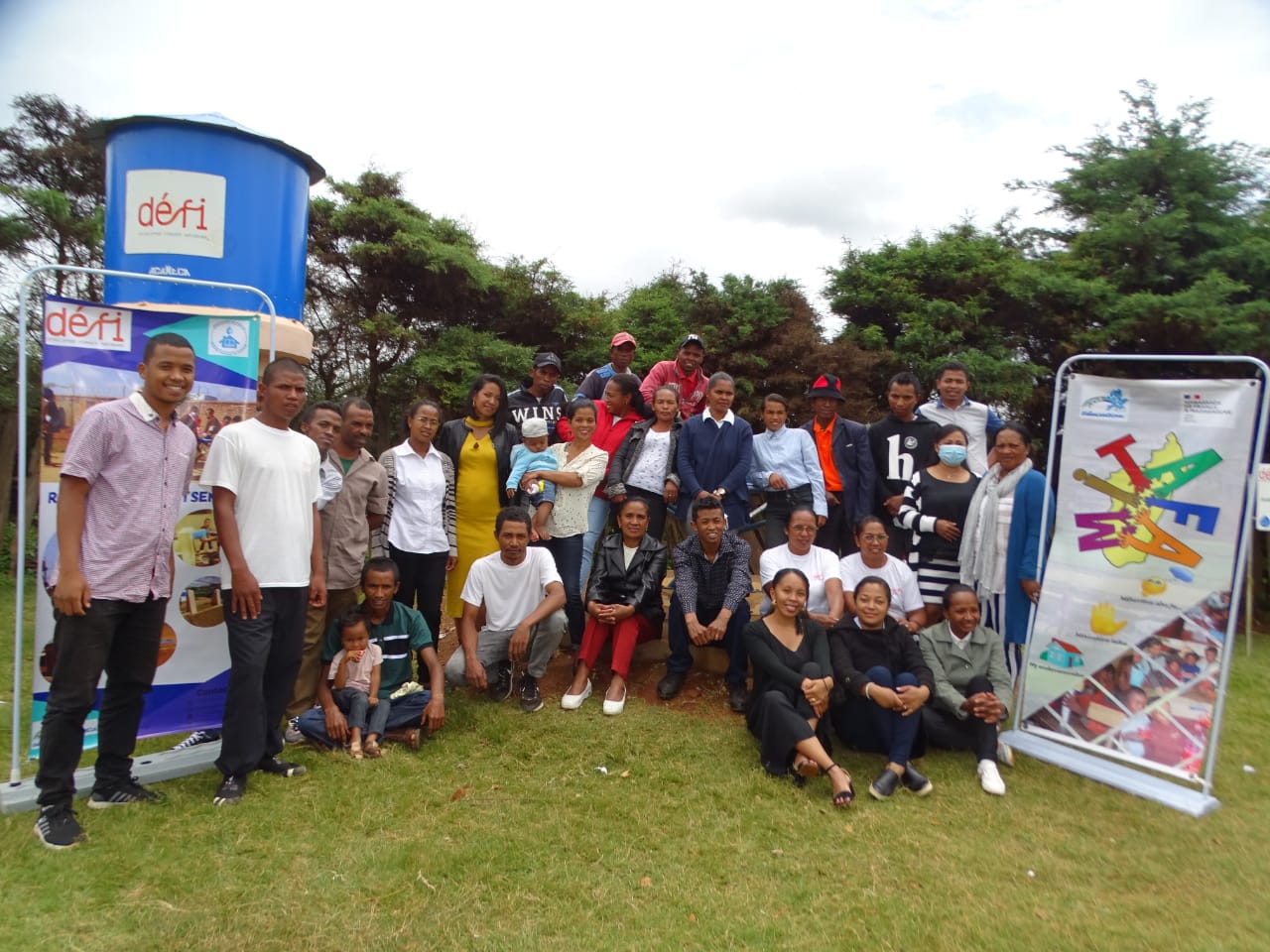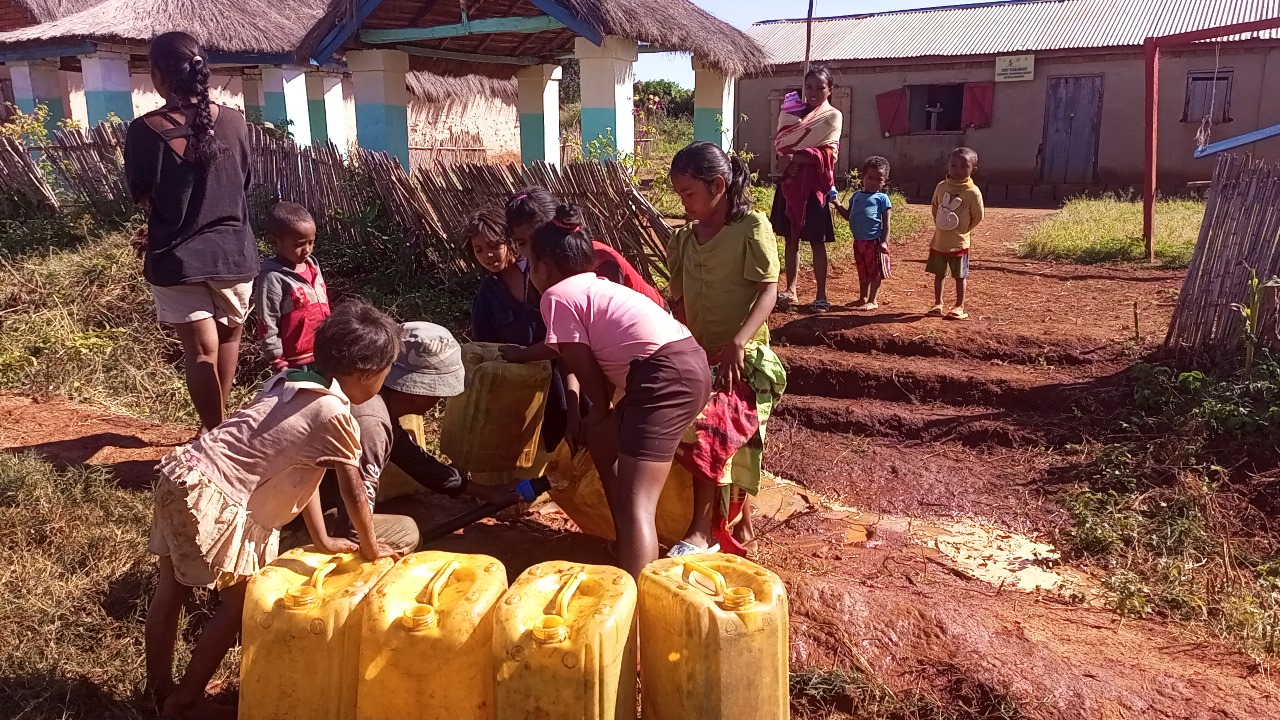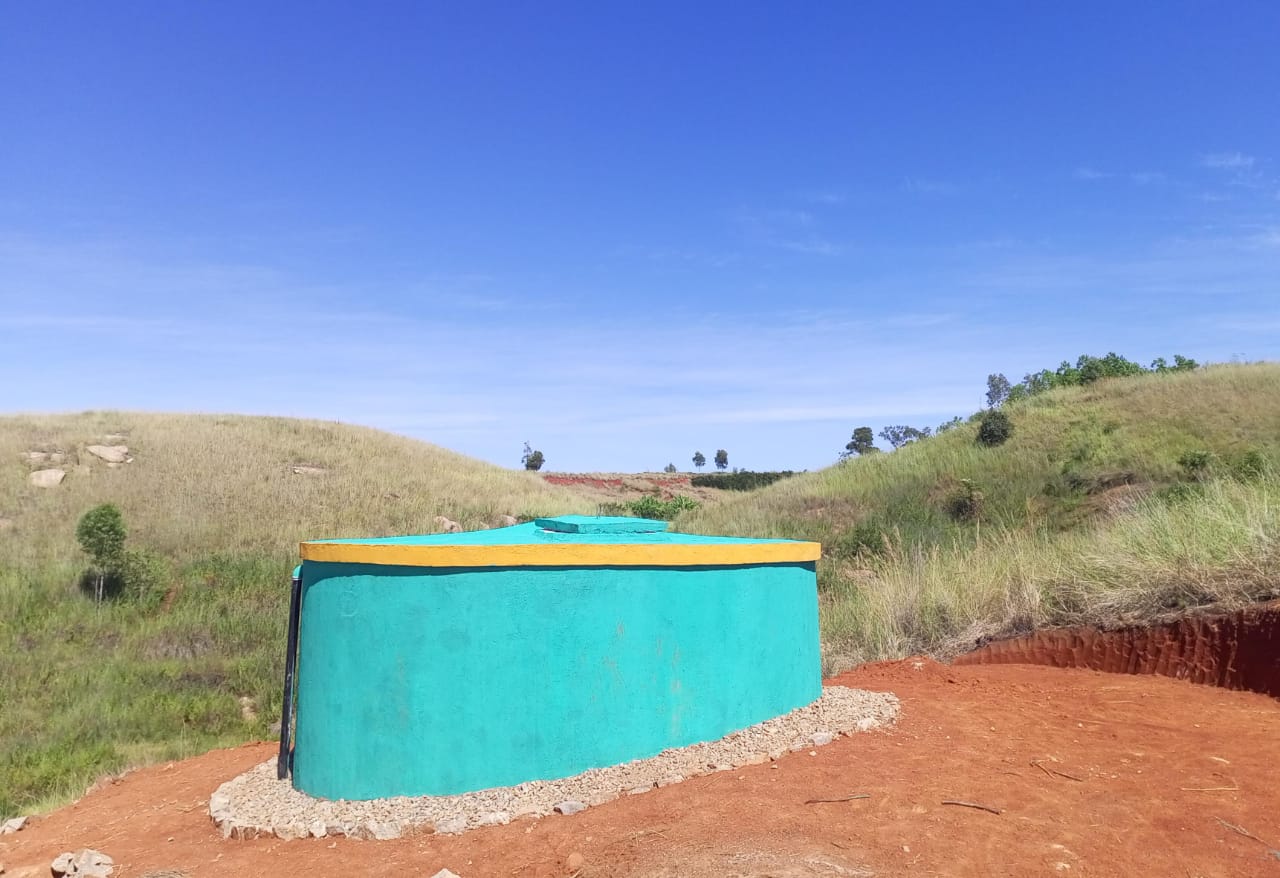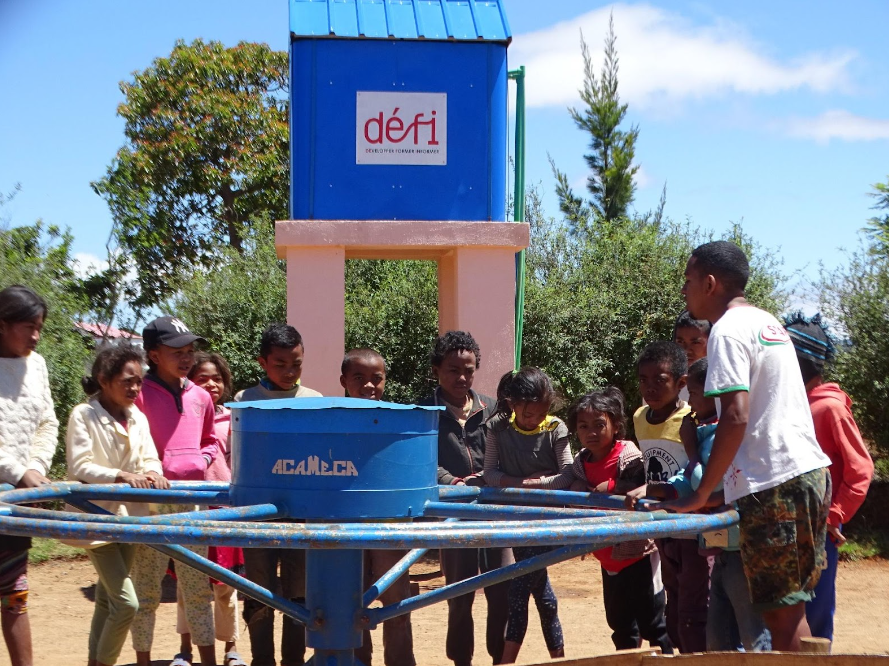Présentation
La pédagogie active, ou “apprendre en faisant”, permet d’introduire les sujets scolaires de façon plus attrayante auprès des élèves; En particulier les sciences qui sont présentées par de petites expériences auxquelles les élèves peuvent participer et reproduire. Les notions sont assimilées plus rapidement et les élèves sont plus impliqués dans le cours.

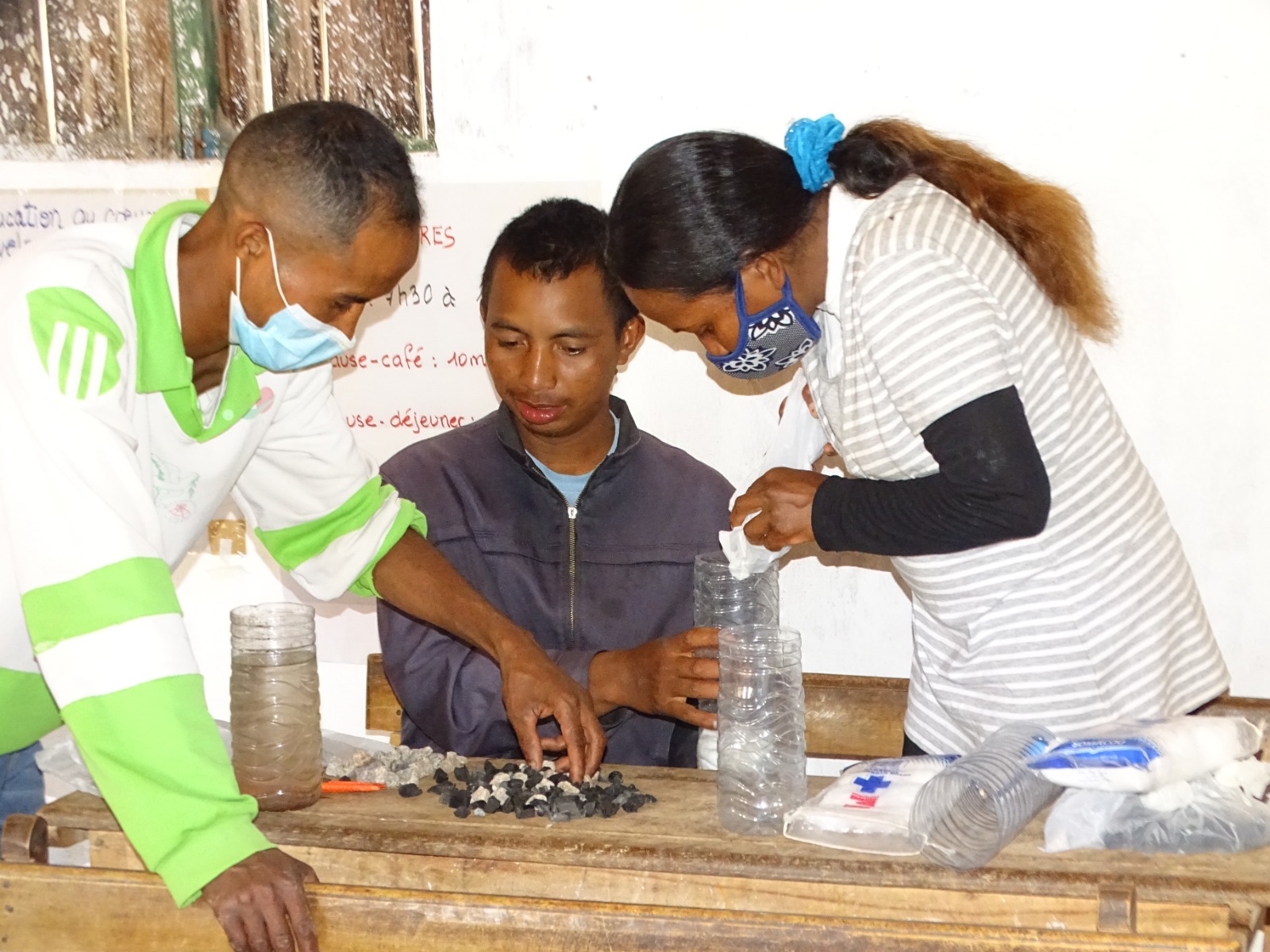
Dans le but d’impacter un maximum d’enfants, depuis 1998, DEFI a formé des professeurs à la pédagogie active dans quatre pays: le Bénin, Haïti, Madagascar et le Togo. Dans chacun de ces pays, la méthode d’apprentissage a dû être contextualisée, dépendant de la langue parlée, des programmes scolaires et des méthodes existantes.
Cette pédagogie active se décline en “Agir Pour Savoir” (APS) au Bénin, “Apprendre les Sciences et Techniques par l’Expérience” (ASTE) en Haïti, “Introduction à la Démarche de la Main A la Pâte” (IDMAP) au Togo et “Manipuler et collaborer, pour construire avec les mains et acquérir des connaissances” (MITAFA en malgache) à Madagascar. Cette méthode est toujours appliquée dans les écoles des pays partenaires de DEFI en 2023 et DEFI continue de l’inclure à ses projets, comme celui de digitalisation de l’éducation.
Où
Bénin
Haïti
Madagascar
Togo
Objectifs
Former les enseignants à la pédagogie active
Adapter la méthode d’apprentissage de la pédagogie active à chaque pays d’intervention
Améliorer la qualité de la pédagogie dans les pays partenaires de DEFI
Réalisations
20 000 instituteurs formés
Plus de quatre millions d’enfants scolarisés
Quatre pays impacté
